This is a continuation of our series on Natural Vision Correction. Get to Part 1 Here.
Energetic Yawning
Yawning is one of the best, natural things you can do for your eyes. Take your time yawning and fully stretch out those tense jaw muscles (the TMJ), the strongest in the body. Yawning lubricates the eyes, relaxes the muscles of face and mouth, and improves the nerve flow to and from the eyes. Try it now. You might notice your vision a bit clearer?
Blinking
Healthy eyes blink every 2-3 seconds. Do yours? Observe yourself to find out. Good chance that you are not blinking your eyes more than every 20-30 seconds when looking at a cell phone or computer screen. Yet, if you deliberately tried not to blink for that long it would be hard.
If you want good vision, you need to train yourself to blink frequently and effortlessly. Here’s why.
- Large amounts of dust in the air fall on the surface of eyes.
- The mind is straining when the eyes are held open.
- Regular and uninterrupted blinking purifies and lubricates the eyes.
- Blinking interrupts staring or straining, clearing the “computer screen” and bringing in a fresh view.
- Blinking relaxes the eyes all day.
HELPFUL HINTS: If you suffer from dry eyes, do quick, light butterfly blinks several times a day for a minute each time. It should feel wonderfully invigorating.
Here’s how to blink.
- Blink with one eye. Close your eyes for a moment and blink the other eye. In time, switch blinking from one eye to the other without closing the eyes.
- Start the morning with 3 — 5 minutes of blinking to get into the habit. When you notice yourself staring, blink for a minute or two to break up the stare.
- Remind yourself to blink frequently while working at the computer.
Palming
Palming is the Bates trademark relaxation tool and is easy to do. It stimulates the optic nerve and releases the muscles around the eyes, while the warmth and darkness provided by the palms gives your eyes a needed rest, all of which induces deep relaxation. To relax the eyes, you should make it an automatic habit throughout the day.
But don’t the eyes rest when we’re asleep, you might wonder? Actually no. A good chunk of our sleep is REM or dreaming sleep. During this time, the eyes accommodate to the objects we are “looking at” in our dreams.
When you palm, you will discover something you may not have ever known. When the eyes are truly relaxed, you see blackness like night with eyes closed. This is the mind’s feedback that you are truly relaxed. At first, you may see only gray, grainy, cloudy, wavy or glimpse of color. The more you palm, the more relaxed your eyes will become and you will get quicker into this natural state of blackness.
Palming will help you to create a restful state that you maintain by blinking throughout the day. So remember these two magic words: Palming; Blinking.
How to Palm
- Find a comfortable place and position in which to palm, perhaps a comfy armchair, your couch.
- Remove your glasses.
- Lean over from the hips and place your elbows on a desk or table on something soft like a pillow, whatever position gives you good elbow support or your arms will tire and your shoulders and neck will tense up. Head and neck should be upright as much as possible.
Ways to support the elbows:
- Pillows propped under upper arms
- Blankets
- Table top leaning against a stack of books
- Knees
- Back of chair
- Shake your hands to warm them up and then rub them together to raise temperature.
- Cup hands slightly, the edges of the palms resting on the bony part around the eyes to shut out as much light as possible. Don’t press on the eyes or put any pressure on them. Simply block out all light.
- Close your eyes, relax facial muscles, especially the jaw, and let shoulders get heavy.
- Let your legs relax, with feet flat on the floor when in a chair. Don’t cross legs or ankles but keep legs parallel. If need be, lean back in the chair.
- Relax the body completely.
IMPORTANT TIP: Don’t use eye masks as you will lose out on the beneficial energy and warmth only hands can provide.
- Take in deep, slow breaths (described previously) from your abdomen while palming to encourage relaxation.
- Imagine the color black and see the world get darker and darker as your eyes relax more and more. Imagining will involve the mind, greatly enhancing relaxation. See the black night sky, or any object or place that reminds you of black color, like black paint, black hair, black piano, black patent leather shoes. The larger the blackness in your field of vision, the more relaxed is your sight.
HELPFUL TIP: For the most restful state while palming, try to stay alert rather than zone off. Listening to relaxing music or thinking out a problem will help you to stay present.
When to Palm
- When eyes feel tired, strained, dry, when your vision gets blurry, or you feel a headache.
- As a regular routine, perhaps to start or end your day.
- After any other vision exercise to rest your eyes and release tension.
IMPORTANT INFO: The ability to palm for a long period of time and maintain the restful mental state when not palming comes with practice. The more relaxed your vision gets and the less you strain while using your eyes, the less palming you’ll need.
How long to Palm
That answer will vary according to your situation. The more compromised your vision, the longer you will need to palm to relax your eyes and improve your vision. Experiment and see how long it takes to get the results you want. If you suffer from visual processing problems or an eye disease, you will need to palm longer to rest your eyes.
In general, try palming twice a day for 15-30 minutes. Experiment with different lengths of time and notice how you felt afterwards. This will help to guide you on how long it takes for you to relax your eyes. Palm as needed throughout the day.
HELPFUL TIP: The visual field is blacker during palming after movement.
What to do if you can’t relax
If your mind chatters while palming, the following techniques will help you relax and stop your thoughts from racing.
- Feel your eyes get heavy and sleepy, resting in their sockets. Picture them tilting slightly downward.
- Imagine a restful scene like watching a sunset or sitting at the ocean on a comfy lounge chair. Remember how peaceful you felt.
- Observe your breath, breathing in, out, in, out getting longer and longer.
- Listen to music that relaxes you.
- Repeat a mantra in your mind.
- “Write” a love letter to your eyes in your mind, describing how beautiful and alert they look, and how clearly they can see. Research has shown that imagining something in your mind’s eye creates a 70% higher chance of it actually happening. Imagining your eyes with perfect vision will help you to achieve that goal.
Part 4 covers sunning, pinhole glasses and alternate eye movements!

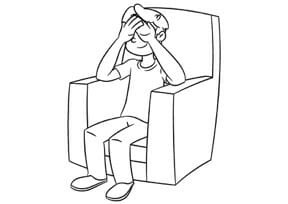



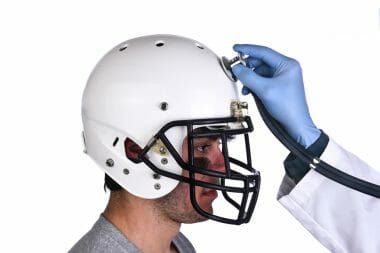

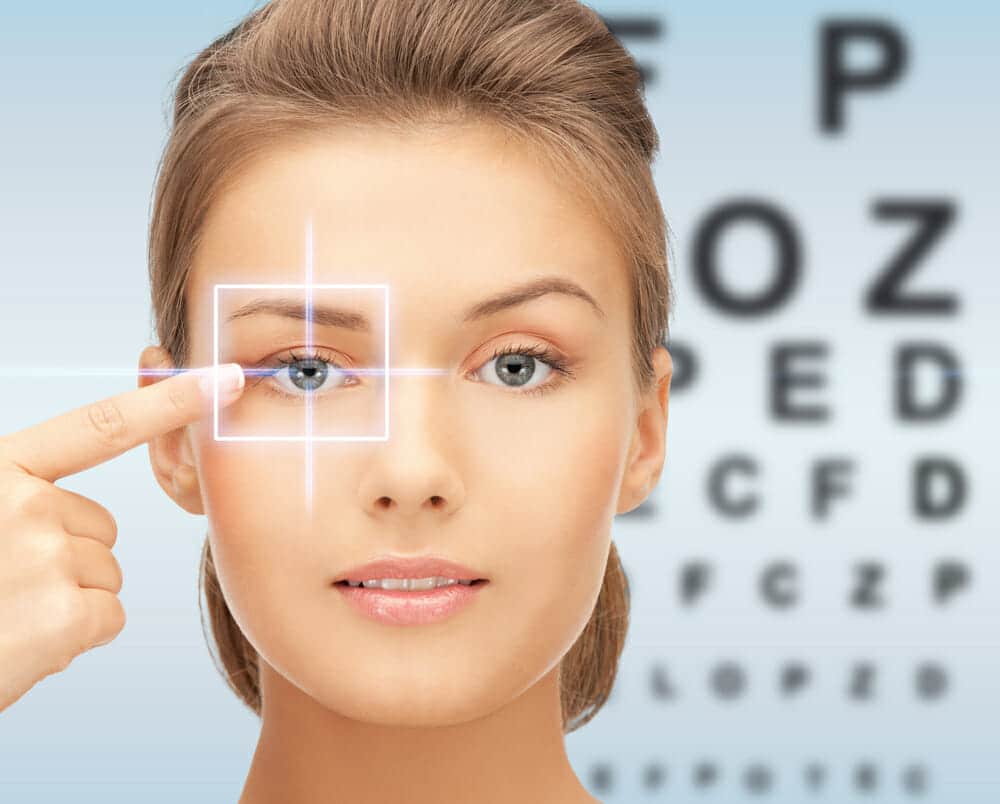
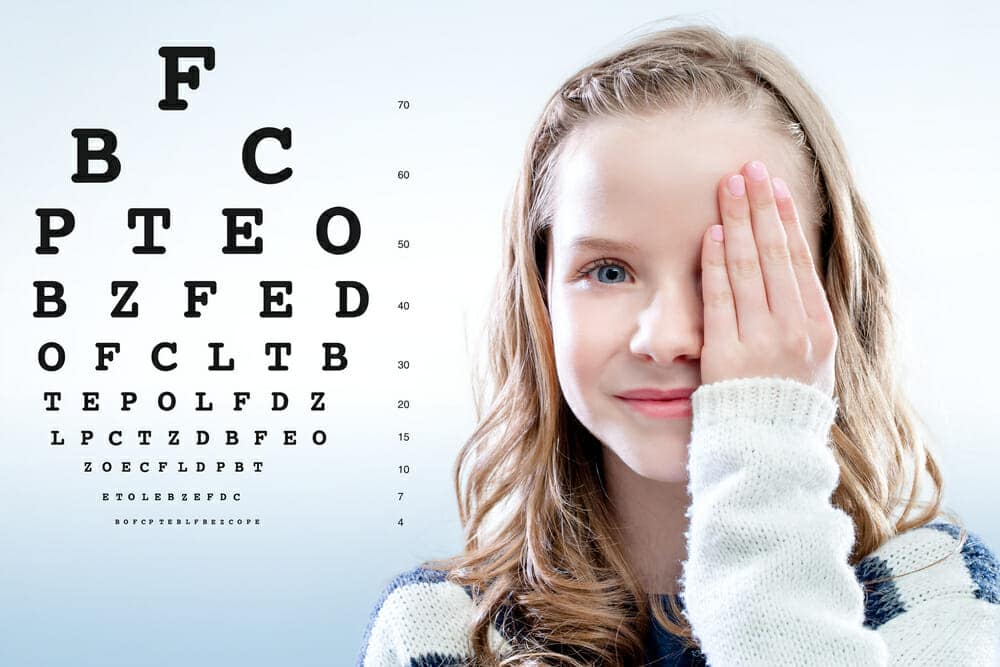
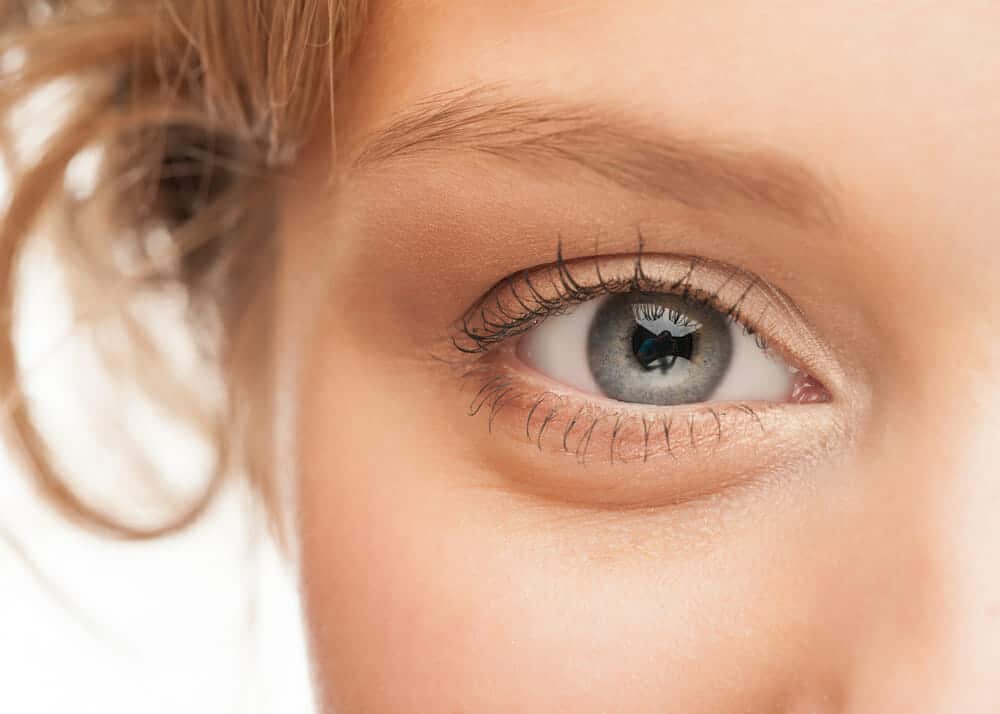
Reply